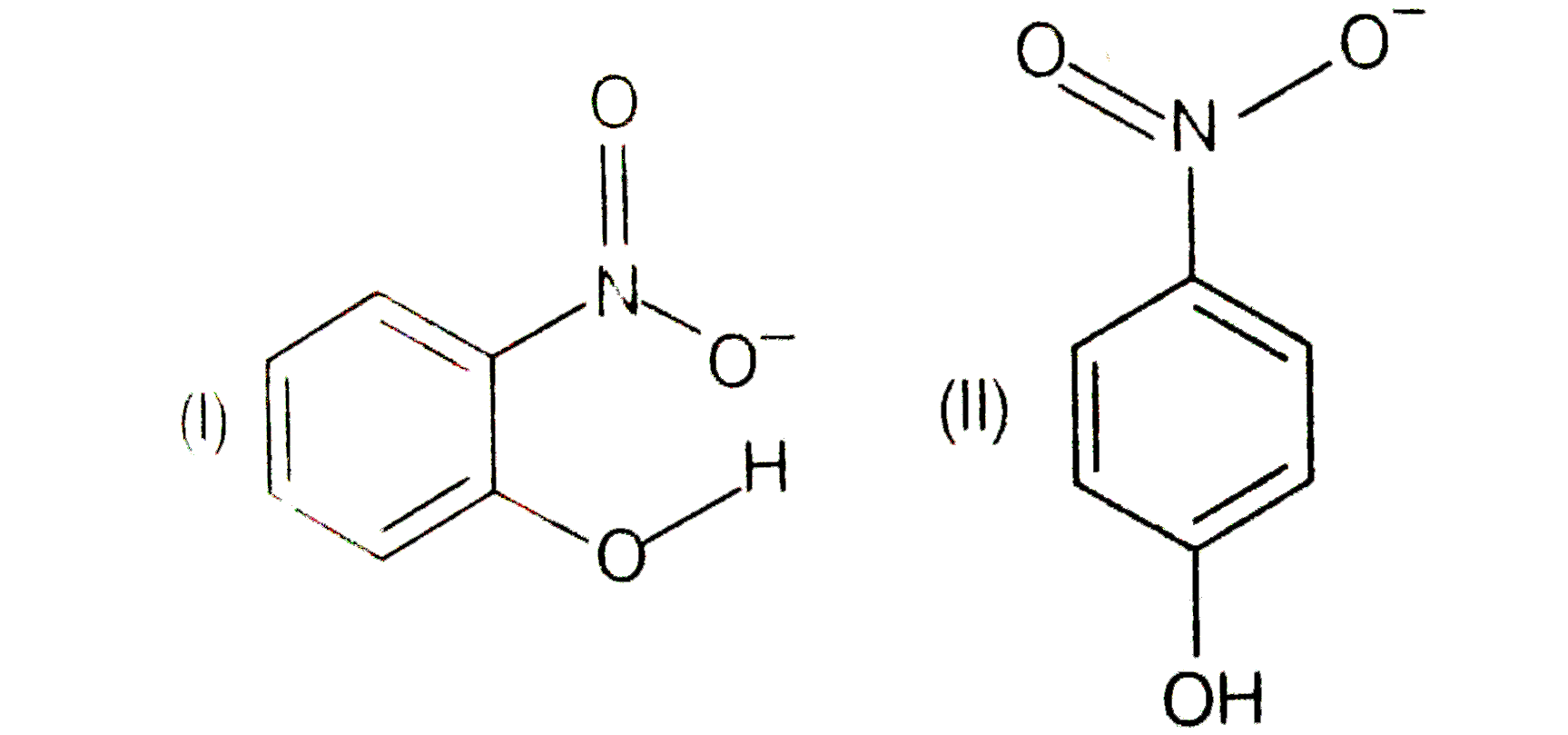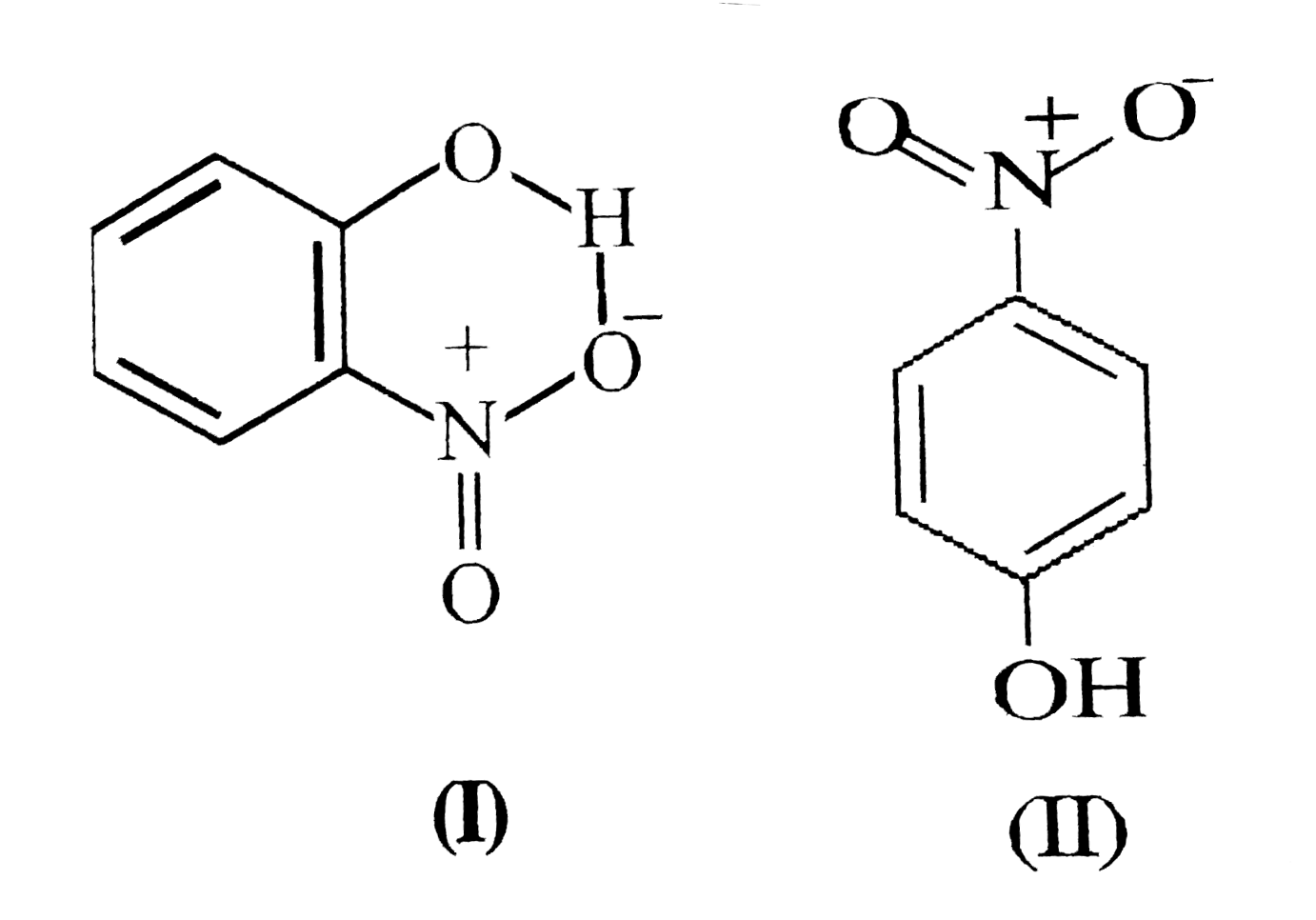List two main conditions for forming hydrogen bonds.
To form hydrogen bonds, two main conditions must be satisfied:
1. High Electronegativity of the Atom Bonded to Hydrogen: The atom that is bonded to hydrogen must have a high electronegativity. This means that elements such as fluorine (F), oxygen (O), and nitrogen (N) are typically involved in hydrogen bonding. These elements have a strong tendency to attract electrons, which leads to the formation of polar bonds.
2. Small Size of the Electronegative Atom: The electronegative atom should have a small atomic size. A smaller size allows for a stronger attraction between the bonded electron pair and the nucleus of the electronegative atom. This increased attraction enhances the polarity of the bond, which is crucial for the formation of hydrogen bonds.
Summary of Conditions:
- Condition 1: The atom bonded to hydrogen must be highly electronegative (e.g., F, O, N).
- Condition 2: The electronegative atom must be of small size to ensure strong attraction and bond polarity.
- Condition 1: The atom bonded to hydrogen must be highly electronegative (e.g., F, O, N).
- Condition 2: The electronegative atom must be of small size to ensure strong attraction and bond polarity.
Topper's Solved these Questions
- BOOK - MODERN PUBLICATIONCHAPTER - CHEMICAL BONDING AND MOLECULAR STRUCTUREEXERCISE - NCERT FILE (NCERT)(Textbook Exercises)39videos
CHEMICAL BONDING AND MOLECULAR STRUCTURE
- BOOK - MODERN PUBLICATIONCHAPTER - CHEMICAL BONDING AND MOLECULAR STRUCTUREEXERCISE - NCERT (Exemplar Problems) (Multiple Choice Questions (Type-I))22videos
CHEMICAL BONDING AND MOLECULAR STRUCTURE
- BOOK - MODERN PUBLICATIONCHAPTER - CHEMICAL BONDING AND MOLECULAR STRUCTUREEXERCISE - Conceptual Questions (2)21videos
CHEMICAL BONDING AND MOLECULAR STRUCTURE
- BOOK - MODERN PUBLICATIONCHAPTER - CLASSIFICATION OF ELEMENTS AND PERIODICITY IN PROPERTIES EXERCISE - UNIT PRACTICE TEST13videos
CLASSIFICATION OF ELEMENTS AND PERIODICITY IN PROPERTIES
Similar Questions
Knowledge Check
- Question 1 - Select One
Assertion (A)The two strands of DNA are complementary each other.
Reason ( R)Adenine forms hydrogen bonds with guanine and thymine forms hydrogen bonds with cytosine.ABoth assertion and Reason are correct , and Reason is the correct explanation of Assertion.BBoth Assertion and Reason are correct, but Reason is not the correct explanation of Assertion.CAssertion is correct but Reason is incorrect.DAssertion is incorrect but Reason is correct. - Question 2 - Select One
Acetylene does not form hydrogen bond because :
AC is less electronegative than hydrogenBElectronegativity of C and H are exactly equalCCarbon does not have any lone pair of electronsDNone of the above - Question 3 - Select One
Which of the following compound can form hydrogen bonds
ACH4BNaClCCHCl3DH2O
List the main components of food.
View SolutionStructures of molecules of two compounds are given below.

a) Which of the two compounds will have intermolecular hydrogen bonding and which compound is expected to show intramolecular hydrogen bonding?
b) The melting point of compound depends on, among other things, the extent of hydrogen bonding. On this basis explain which of the above two compounds will show higher melting point?
c) Solubility of compounds in water depends on powers to form hydrogen bonds with water. Which of the above compounds will form hydrogen bond with easily and be more stable in it?View SolutionStructures of molecules of two compounds are given:
(a) Which of the two compounds will have intermolecular hydrogen bonding and which compound is expected to show intramolecular hydrogen bonding.
(b) The melting point of a compound depends on, among other things, the extent of hydrogen bonding. On this basis explain which of these two compounds will show higher melting point.
(c ) Solubility of compounds in water depends on power of formed hydrogen bonds with water. Which of these compounds will from hydrogen bond will water easily and be more soluble in it ?
 View Solution
View SolutionWhat is the necessary condition for the formation of covalent bond between two atoms of an element to form a molecule?
View SolutionWhich of the following compounds can form hydrogen bond?
View Solution

